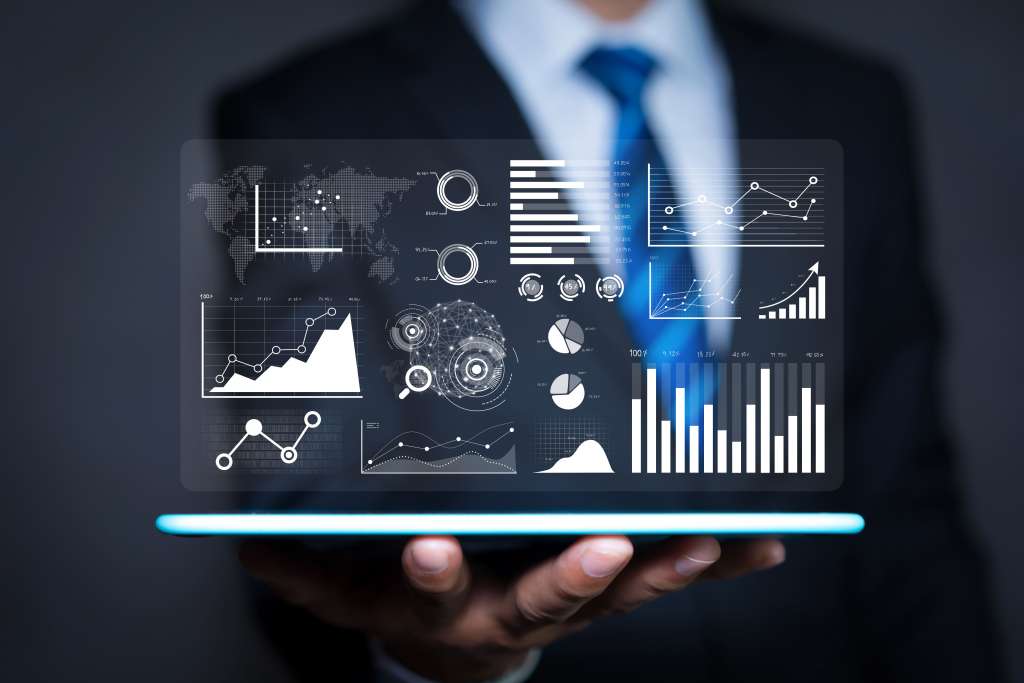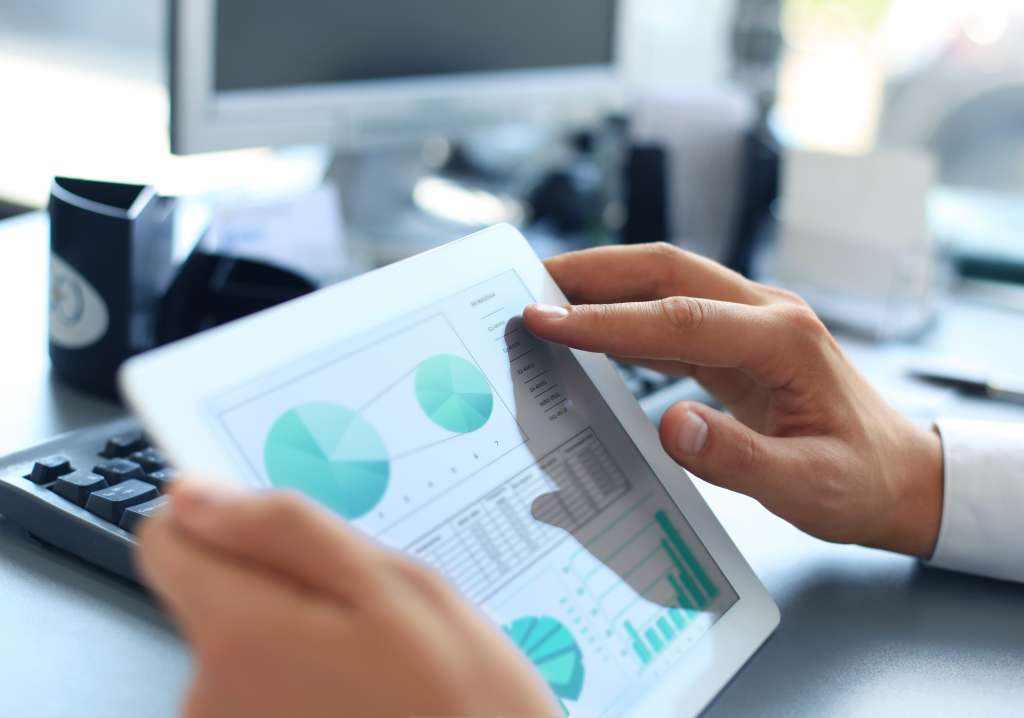Future-Proofing Fashion Retail Using Big Data Analytics


Summary: The future of the fashion retail industry is here. Learn how business analytics reshapes how brands select and promote the right products. Fashion retail harnesses data analytics by understanding customer needs, predicting trends, optimizing inventory, and personalizing shopping experiences. Technology is revolutionizing how customer needs are understood and serviced.
Increased use of big data and sophisticated analytics in the day-to-day business of fashion retail is transforming how retailers make informed business decisions. Given the dynamic nature of the fashion industry, retailers can select the right products and give more accurate insights into customer preferences.
Business analytics helps streamline operations, optimize supply chain and inventory management, and improve efficiency. Fashion brands have woken to the difference that analytics driven by big data is leveraging their manufacturing and benefiting them on many levels.
Business Analytics: Fashion retailer's mantra for success
Retailers who have adopted the usage of data-driven business intelligence are ahead of the curve and remain competitive in an increasingly crowded and changing market. They leverage data to drive sales and profits ultimately.
Predicting Consumer Trends
Business analytics helps retailers predict consumer trends, optimize inventory, increase ROI, and grow sales. By analyzing customer data and purchasing patterns, retailers can gain insights into popular products and predict future trends. Direct-to-consumer (DTC) channels are on the rise, and analytics can optimize marketing campaigns to reach the target audience. Small-batch inventory reduces waste and risk, and analytics helps adjust inventory levels according to customer demand. Pricing strategy and cost optimization are vital to increasing ROI. Analytics helps retailers drive this.

Personalized shopping experience
With the internet and digital technologies, retailers are part of the customer's shopping journey. They collect more data from customers than ever before - their likes, what they buy and do not buy despite interest, purchase history, social media interactions, and browsing habits. Potential customer goldmines can be a predictor of trends in today's seasonless fashion market.
Optimized inventory
There is real-time inventory management with data on sales, stock levels, and production schedules. Decisions are made on the fly by ordering inventory and improving stock movement, decreasing the chances of dead stock. Business analytics identifies slow-moving stock, reduces the amount of inventory, and identifies best-selling products.
Streamlining retail operations
Retailers can decide on in-season pricing, discounts and personalized customer promotions by analyzing sales and stock levels to employee performance and customer interactions. They replenish stocks, discontinue clothing lines, or extend popular ones.
- Operational efficiency: Retailers use predictive algorithms to make quick changes and run their businesses more efficiently. Big data allows them to optimize store layouts, staffing, and promotions. Retailers identify store areas where customers spend more time. In today's speedier fashion cycles, they launch new collections.
- Targeted and lean marketing strategy: Fashion brands can now apply the insights from the data to better understand competition and customers. They tailor their marketing efforts to specific segments and create personalized shopping experiences and promotions.
Analyze with Caution

Business analytics comes with its own set of challenges in the adoption and usage of data.
- Complex process: One of the biggest challenges in business analytics is the sheer volume of data, which can be difficult to manage and process. Analyzing data and extracting insights from data collected from different sources can be time-consuming.
- Conforming to laws: Retailers must comply with data privacy laws and regulations. To use data and business analytics, customer data needs to be collected and used ethically and lawfully.
- Investments are needed in a skilled team as business analytics is complex and sophisticated, requiring specialized knowledge and technical expertise to use effectively. It is necessary to team with consultants and agencies or form teams with data and business analysis experts for retail and business decision-making.
- Manage the fast pace: The fashion retail industry is highly dynamic, with trends, customer preferences, and market conditions constantly changing. As a result, retailers have to quickly and easily use their analytics models to significantly impact the business. They can gain accurate and actionable insights into customer behavior and preferences and tweak their business analytics and models.

Big Data Analytics Adds Intelligence to Fashion Retail
Fashion retailers can prepare for change with business analytics. Fashion retailers can spot trends and improve sales, customer engagement, and profitability by embracing digital transformation and analytical capabilities. Big data analysis helps optimize inventory levels and minimize waste. Predictive business analytics can plan critical areas, such as stockouts and overstocking, and take steps to address them before they negatively impact sales.
Key takeaways
- Business Analytics is a revolutionary and intelligent tool refashioning the fashion retail industry. Retail is gaining valuable insights into customer behavior and preferences from smart data. They can streamline their operations, quickly meet market demands, effectively use their inventory, and successfully impact their business.
- Data analysis with effective usage can change the face of the retail landscape. Fashion retailers can stay ahead of competitors by harnessing business analytics by tapping into primary and reliable third-party data streams.
In an increasingly crowded, competitive, and digital environment, Fashinza allows you to streamline your supply chain and achieve faster turnaround times without sacrificing quality. From design to delivery, we handle every step of the process, ensuring that your vision is realized efficiently and transparently.
Join the growing community of conscious fashion leaders partnered with Fashinza to bring their ideas to life. Connect with us today to learn more about how we can help you revolutionize your business.



















